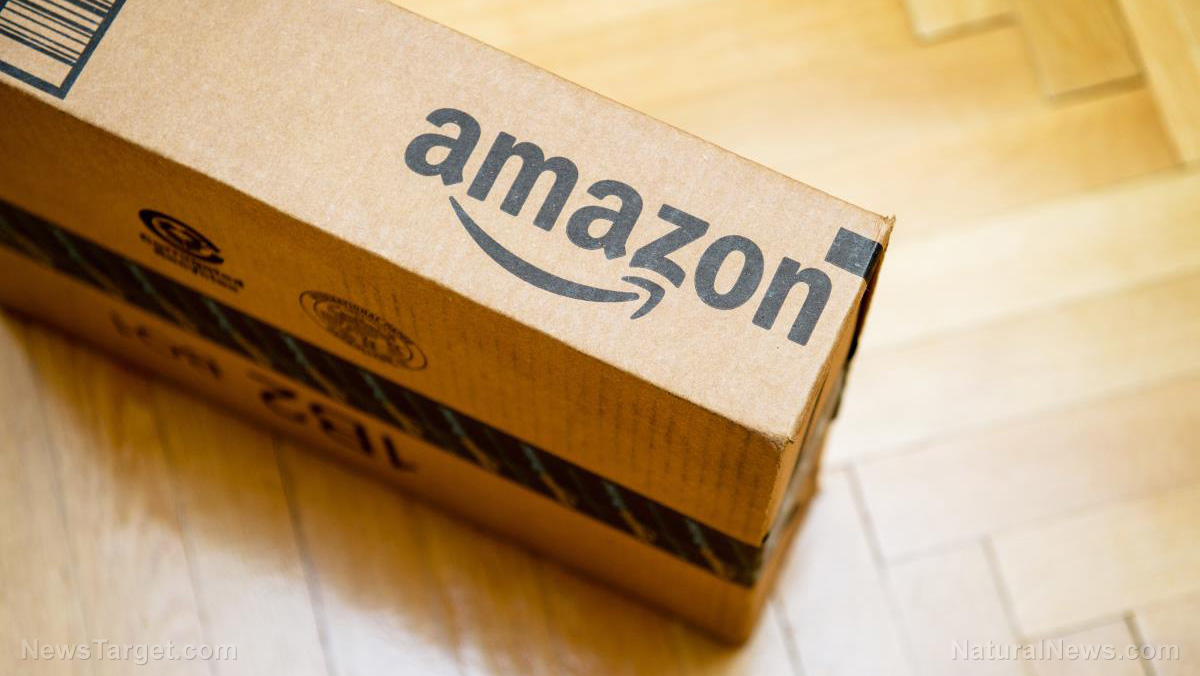California DMV SUSPENDS Cruise’s driverless car permits for misrepresenting information on safety
11/01/2023 / By Zoey Sky

The California Department of Motor Vehicles (DMV) suspended the autonomous driving permit of self-driving car startup Cruise on Oct. 24, halting the company’s robotaxi services in San Francisco.
According to the California DMV, the company’s vehicles aren’t safe for public operation and Cruise has “misrepresented information related to the safety of the technology of the vehicles.”
Cruise is majority-controlled by General Motors (GM), which has invested significantly in the division. GM also had plans to launch the Origin, a fully autonomous shuttle that doesn’t have a steering wheel or manual controls.
The suspension also presents another obstacle for Cruise as it is trying to expand its robotaxi service to more cities and prove to investors that transporting passengers in self-driving vehicles can be a major profit generator in the coming years.
Early in October, the National Highway Traffic Safety Administration (NHTSA) announced that it opened a safety-defect probe into at least 600 driverless cars operated by Cruise.
In 2022, a California agency also investigated an anonymous letter sent in May that warned that Cruise was preparing to launch its robotaxi service before it was ready for public use.
Within recent months, Cruise has been expanding nationwide and introducing cars in Miami, Nashville and other cities. However, the company has faced issues in San Francisco, one of its biggest markets, as cars stalled and were involved in several incidents.
According to a Cruise spokesperson, the company was pausing the operation of its driverless autonomous vehicles in San Francisco as it continues to “develop and deploy autonomous vehicles in an effort to save lives.”
Cruise facing increased scrutiny from regulators
The DMV has issued two permits to Cruise: one for testing and a second one for deployment of driverless vehicles. Aside from suspending Cruise’s driverless-vehicle deployment, the California DMV also suspended the company’s testing permit.
The DMV’s decision is a major setback for Cruise, especially since the company has been facing increased scrutiny by regulators this year due to several incidents involving its vehicles. Cruise first started offering a commercial driverless car service in June 2022, after years of testing the technology in California with and, after some time, without human drivers.
Cruise utilizes GM’s Chevrolet Bolt electric vehicles outfitted with autonomous gear. It has begun testing the Origin, its larger “people mover,” in select cities.
Weeks after Cruise’s commercial launch in 2022, some of the company’s vehicles started having trouble with cars clustering together at intersections and blocking traffic. These incidents drew the attention of the California Public Utilities Commission, which also regulates autonomous vehicles in the state.
Following these incidents, employees had to manually retrieve some of the vehicles.
The DMV explained that the suspension is ongoing until Cruise applies for reinstatement of its permit. The agency’s decision doesn’t affect Cruise’s permit for testing autonomous vehicles if there is a safety driver behind the wheel.
Additionally, the NHTSA has also been investigating several on-road incidents involving Cruise vehicles, with two open safety defect investigations.
Last December, the federal auto-safety regulator revealed that it had opened a probe into about 240 Cruise driverless cars after receiving several reports of the autonomous vehicles braking hard or stalling while operating on public roads.
At the time, the NHTSA said it was aware of three crashes, which included two injuries.
The most recent probe, which was opened in October, focused on reports of Cruise’s autonomous vehicles exhibiting risky behavior around pedestrians. According to a Cruise spokesperson, the company regularly communicated with the NHTSA and was cooperating with the agency’s requests for information.
In October, video footage taken by Cruise revealed that a woman was severely injured after she was struck by a vehicle and then landed in the path of a driverless Cruise car. Rescue workers then lifted the car off the woman, who was severely injured.
Cruise claimed that it is conducting “an analysis to identify potential enhancements to the autonomous vehicle’s response to this kind of extremely rare event.” (Related: WAYMO PROBLEMS: Reported accidents involving Waymo driverless cars in San Francisco MULTIPLIED SIXFOLD this year.)
Learn more about driverless cars at RoboCars.news.
Watch the video below to learn how driverless cars challenge cybersecurity.
This video is from the Daily Videos channel on Brighteon.com.
More related stories:
Electric car EXPLODES on driveway and sets fire to family home after battery malfunction.
Sources include:
Submit a correction >>
Tagged Under:
autonomous cars, autonomous vehicles, big government, California, car accidents, computing, conspiracy, cruise, Dangerous, deception, driverless cars, future tech, Glitch, information technology, inventions, national security, road safety, robotaxis, robotics, robots, San Francisco, self-driving cars, technology, transportation
This article may contain statements that reflect the opinion of the author
RECENT NEWS & ARTICLES
COPYRIGHT © 2017 ROBOTS NEWS


















